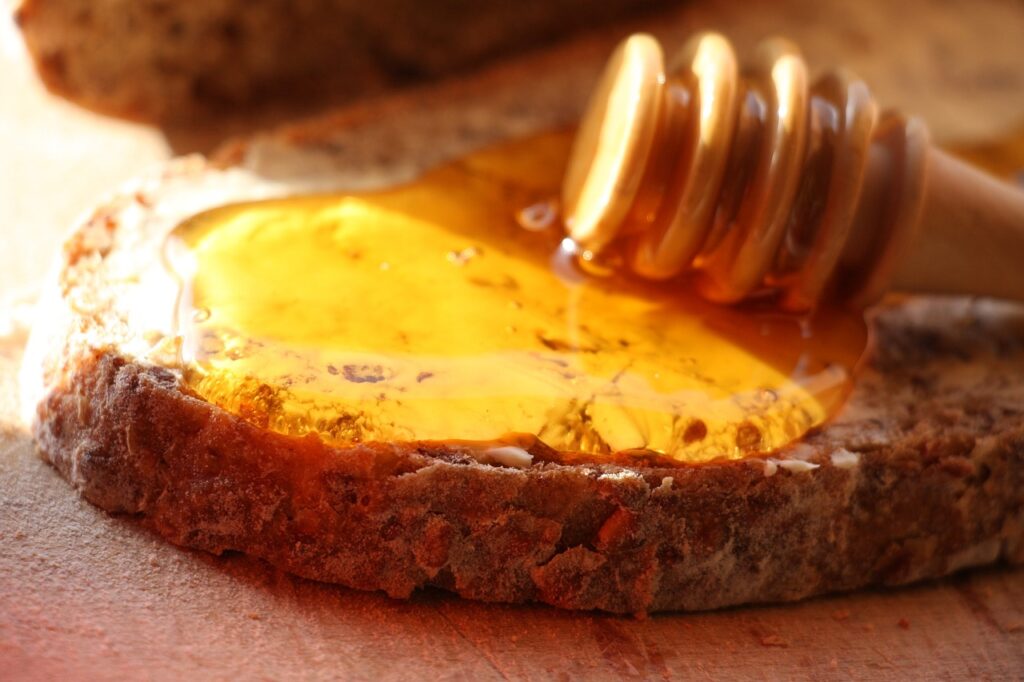Home Interior Mintpalhouse: The Pastel Advantage
Pastels are disciplined by nature. Soft blues, blush pinks, sage greens, pale lavenders, and buttery yellows do what loud hues cannot—they soothe, reflect light, and amplify space without overwhelming. The home interior mintpalhouse strategy emphasizes:
Unified palette: Pastels work best when kept in the same family—avoid mixing with supersaturated or muddy colors. Function first: Choose colors that set intention for each room. Minimal but impactful: A pastel wall or sofa needs only a few accents—not layers of décor.
Mapping the Perfect PastelHomePalette
1. Pick Your Core: Foundation Tones
Start with a single “base” pastel for the largest surface—walls, rugs, or sofa. Good bets:
Soft mint or sage for calm, current energy Muted pink or peach for warmth and light Powder blue for freshness, especially in lowlight rooms Dusty lavender for rest and retreat zones
Each base should be neutral enough to set the mood, not dominate.
2. Supporting Colors: Gentle Contrasts
Choose one or two subtle contrasts to reinforce (not distract from) your core:
White or cream as ultimate backdrop—never compete with pastels Light taupe, pale gray, or sand to ground and add sophistication Soft gold or brass metallics for fixtures, hardware, and subtle shine
Keep it quiet—use light, not pattern, for visual rhythm.
3. Pops (The Disciplined Way)
There’s a myth that pastels mean boring. Wrong—intensity is earned, not default. Try:
One bolder accent (deep green velvet pillow, small navy lamp) Real greenery for texture and health Handmade pottery or clear glass touches to break up monotone
No more than two bold accents per room. Edit quarterly.
Zoning and Layering
Paint main walls your core pastel; use wainscoting or trim for contrast Anchor the seating area with a neutral or pastel area rug Layer textiles: throws, drapes, and bedding in a single palette, textures not competition
The home interior mintpalhouse rule: Layer for warmth, design for discipline.
Furniture and Finishes
Stick to light or whitewashed woods—oak, birch, ash, pine Matted black or brushed brass for hardware and lighting—never mix both Glass, lucite, or stone surfaces keep things airy and expand perceived space
No heavy, dark silhouettes.
Lighting to Maximize Pastel Impact
Prioritize daylight; install sheer curtains for privacy that lets light flood in Layered LED or soft white bulbs (avoid harsh blue tones) Aim spots at art, shelving, or textured walls to bounce color
Light shifts pastels through the day—plan placement and test before settling.
Decor Discipline
Art: Large, single muted landscapes, minimalist abstracts, or blackandwhite photo series Books: Use as colorblocks—remove dust jackets to unify palette Plants: Single large, leafy options or a trio of small succulents—pots in muted ceramics only Mirrors: Add one oversize mirror in a white or pale wood frame to double light, not busyness
Zones by Function: Pastel Edition
Living Room: Sage walls, white or pale sand sofa, blush throws, gold lamp Bedroom: Pale blue walls, white linen bedding, lavender velvet bench Nursery/Kids: Mint or pale yellow on walls, mix pastel art and solidcolored bins Home Office: Greige or pale blue; keep desk and storage in same finish for mental focus
Stick to purposeled zoning; each area earns its dominant color.
Mistakes to Dodge
Overmixing pastels; keep it to one family (all cool tones, all warm, not both) Skimping on texture: layer with linen, wool, jute to prevent “flat” look Letting clutter accumulate—store, rotate, edit every three months
Maintenance
Choose washable wall finishes (eggshell or satin) Dust soft surfaces and under furniture weekly; pastels show marks Use coasters and surface mats for tables—preserve pale finishes
Tech, Security, and Order
Hide wires with cord covers painted to match walls Lock away devices; only leave dailyuse tech visible Always install window and door locks—a peaceful room is a secure one
Final Checklist: MintpalhouseStyle Discipline
Anchor each room in a single pastel core Support with pale, unified accents (no wild contrast) Always test large painted areas for both daytime and evening light Edit art and accessories quarterly Choose comfort and natural light over “stuff”
Final Word
PastelHomePalette isn’t just using soft hues—it’s the backbone of the home interior mintpalhouse discipline: order, light, and livable beauty with subtle variance. Draw your plan. Edit fiercely. Let the colors do the work—calm, fresh, and always quietly intentional. That’s how a cool home gets built, and how chaos stays out.
